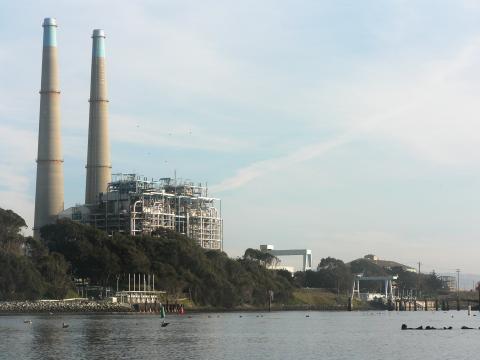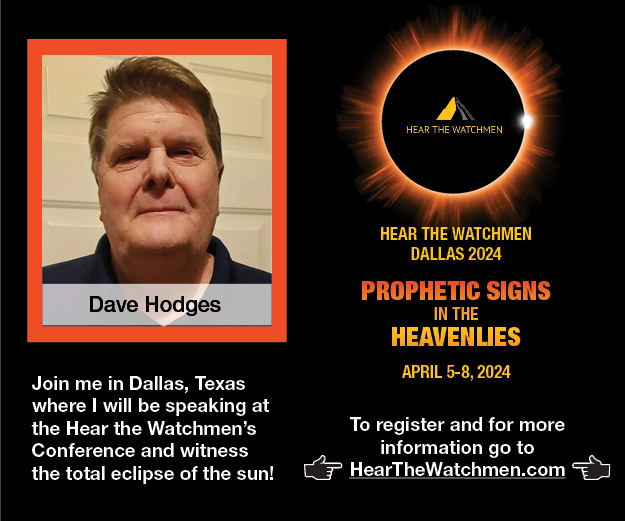How the Coming Cascadia Subduction Zone Event Will Produce An Extinction Level Event (Part One)

Since attending the True Legends conference in Branson, MO., in September, I have often reflected on Steve Quayle's presentation. Seemingly out of nowhere, I began to wonder if the quake would impact the nuclear power plants on the coast in Californial. The answer is yes, when I asked the question to a confidential informant (CI). I have learned that the CIA is flying U-2 spy planes up and down the coastline on a 24/7 basis. The threat is the encroaching magma as well as the two plates interacting off of the coast. Subsequently, I began to research the question of nuclear power plants being impacted by this activity. Here is what I found. Walk with me through the progression of data which led me to unmistakable conclusion, that we are looking at an extinction level event.
The death toll of a Cascadia Subduction Zone event would kill nearly everyone west of Interstate 5. However, when we mix in nuclear power plants in California, it becomes clear that this event will threaten everyone on the face of the earth.
This article is the first of two parts. Part One will establish the threat. Part Two will attempt to establish the scope of the threat.
U.S. Nuclear Reactors

Nuclear power reactors. Image via U.S. NRC
There are currently 104 operational nuclear power plants in the United States--35 boiling water reactors, 69 pressurized water reactors--providing 20% of the country's electricity. The omnipresent threat is both under-reported and grossly understated.

Research and testing reactors. Image via U.S. NRC
In addition to those 104 nuclear power plants, there are 32 reactors, listed above, used for research and testing at such places like laboratories and universities.This increases the scope of the threat.
The U.S. Geological Survey (USGS) seismic hazard map show the probability level for an earthquake across the U.S. based on ground shaking, faults, seismicity and geodesy. This information helps dictate everything from building codes, insurance rates and public policy. It is for this reason that the warnings are not forth. The pre-event economic devastation would be incalculable and therefore will remain unreported until the even occurs. Some place the risk at 1 in 10 to occur in the next 50 years. Other estimates place the risk at 30%. Regardless, we know that the last event occured in 1700. And given the odds are now in the high probablity zone.

USGS National Seismic Hazard Map. Image via USGS
U.S. Seismic Activity Near Nuclear Power Plants
Looking at the overlap of U.S. nuclear reactors (both power and research facilities) and earthquake zones is alarming and shocking. The accompanying map clearly illustrates the threat.

Image via Public Integrity
Oddly, just two weeks before Japan was shaken by a 9.0 magnitude quake, "Ten California lawmakers warned the U.S. Department of Energy that the state's two nuclear power plants are more susceptible to earthquakes than previously thought. Diablo Canyon was designed to withstand a 7.5-magnitude quake whereas San Onofre can only handle a 7.0. Hoever, the Cascadia threat will produce earthquakes of at 9 and it could go as high as 10.2! Also in 2008, the USGS discovered that the Diablo (near San Luis Obispo) power plant was built less than a half mile from previously unknown earthquake fault and that San Diego's San Onofre plant is highly susceptible to both earthquakes and tsunamis. California is at risk for both."
"The Cascadian Subduction Zone" off the coast of British Columbia, Washington, Oregon and the northernmost part of California shook with a vigorous 9.0 on January 26, 1700. It produced a huge tsunami that its geological-mark on Humboldt County. It even reached Japan! But tsunamis from earthquakes around South America and the Aleutian-Alaskan region have posed a greater threat to the West Coast than locally generated tsunamis." Subsequently, history gives us a partial blueprint of what lies ahead. However, in 1700, there weas no electrical grid or nuclear power plants.
Cascadia Subduction Zone
The Cascadia Subduction Zone (CSZ) "megathrust" fault is a 1,000 km long dipping fault that stretches from Northern Vancouver Island to Cape Mendocino California, but the effects will extend into the Bja. this puts nuclear power plants at risk. This is something that the mainstream media is ignoring. .
It separates the Juan de Fuca and North America plates. New Juan de Fuca plate is created offshore along the Juan de Fuca ridge. The Juan de Fuca plate moves toward, and eventually is shoved beneath, the continent in what is known as the North American plate.
Here is a short video on the topic from a local ABC station, followed by a graphic that better explains the dynamics of the coming danger.
T

A Mega-Thrust Earthquake
At depths shallower than 30 km or so, the CSZ is locked by friction while strain slowly builds up as the subduction forces act, until the fault's frictional strength is exceeded and the rocks slip past each other along the fault in a "megathrust" earthquake. My sources tell me that the thrust will indeed extend into the Baja.
Now, to the central question, what will happen to the nuclear power plants when the Cascadia Subduction Zone goes critical?
Critical Analyses
Much has been written about the threat to nuclear power plants posed by an EMP attack and the news is not good. However, surprisingly little has been done with regarding the research of the effects of a 9.0-10.0 level earthquake caused by the Cascadia Subduction Zone. Let's take a look at what nuclear power plant expert Judy Haar said about the impact of an EMP and the subsequent loss of power to a nuclear power plant.
According to Judy Haar, a recognized expert in nuclear plant failure analyses, when a nuclear power plant loses access to off-grid electricity, the event is referred to as a “station blackout”. Haar states that all 104 US nuclear power plants are built to withstand electrical outages without experiencing any core damage, through the activation of an automatic start up of emergency generators powered by diesel. Further, when emergency power kicks in, an automatic shutdown of the nuclear power plant commences. The dangerous control rods are dropped into the core, while water is pumped by the diesel power generators into the reactor to reduce the heat and thus, prevent a meltdown. Here is the catch in this process, the spent fuel rods are encased in both a primary and secondary containment structure which is designed to withstand a core meltdown. However, should the pumps stop because either the generators fail or diesel fuel is not available, the fuel rods are subsequently uncovered and a Fukushima type of core meltdown commences immediately. At this point, I took Judy Haar’s comments to a source of mine at the Palo Verde Nuclear power plant.
My source informed me that as per NERC policy, nuclear power plants are required to have enough diesel fuel to run for a period of seven days. Some plants have thirty days of diesel. This is the good news, but it is all downhill from here.
The Unresolved Power Blackout Problem
A long-term loss of outside electrical power will most certainly interrupt the circulation of cooling water to the pools. Another one of my Palo Verde nuclear power plant sources informed me that there is no long term solution to a power blackout and that all bets are off if the blackout is due to an EMP attack. I will get an earthquake in a moment.
A more detailed analysis reveals that the spent fuel pools carry depleted fuel for the reactor. Normally, this spent fuel has had time to considerably decay and therefore, reducing radioactivity and heat. However, the newer discharged fuel still produces heat and needs cooling. Housed in high density storage racks, contained in buildings that vent directly into the atmosphere, radiation containment is not accounted for with regard to the spent fuel racks. In other words, there is no capture mechanism. In this scenario, accompanied by a lengthy electrical outage, and with the emergency power waning due to either generator failure or a lack of diesel needed to power the generators, the plant could lose the ability to provide cooling. The water will subsequently heat up, boil away and uncover the spent fuel rods which required being covered in at least 25 feet of water to remain benign from any deleterious effects. Ultimately, this would lead to fires as well and the release of radioactivity into the atmosphere. This would be the beginning of another Fukushima event right here on American soil. Both my source and Haar shared exactly the same scenario about how a meltdown would occur. Subsequently, I spoke with Roger Landry who worked for Raytheon in various Department of Defense projects for 28 years, many of them in this arena and Roger also confirmed this information and that the above information is well known in the industry.
Now that the danger is exposed, let's ask the earthquake question. When the Canadian Subduction Zone goes critical, this will cause a loss of power. Will the power be restored in 7-30 days, which is the time that all nuclear power plants are designed to be offline and still meet the cooling of the fuel rods question? The answer is frightening. If power is not restored, and that is assuming the structure of the plant is still intact following the earthquake, the authorities would have 1-4 weeks to restore power, at most.
In conclusion, we must face the possibility that when we mix in nuclear power plants with the Cascadian Subduction Zone event, we are facing an extinction level event. Through the presence of multiple nuclear power plant failures, all life on the planet will eventually be put at risk.
More analysis to come.




























Comments
When Haiti had their…
Comment
core offload issue
Comment
We have created a nightmare…
Comment
Nuclear Reactors
Comment